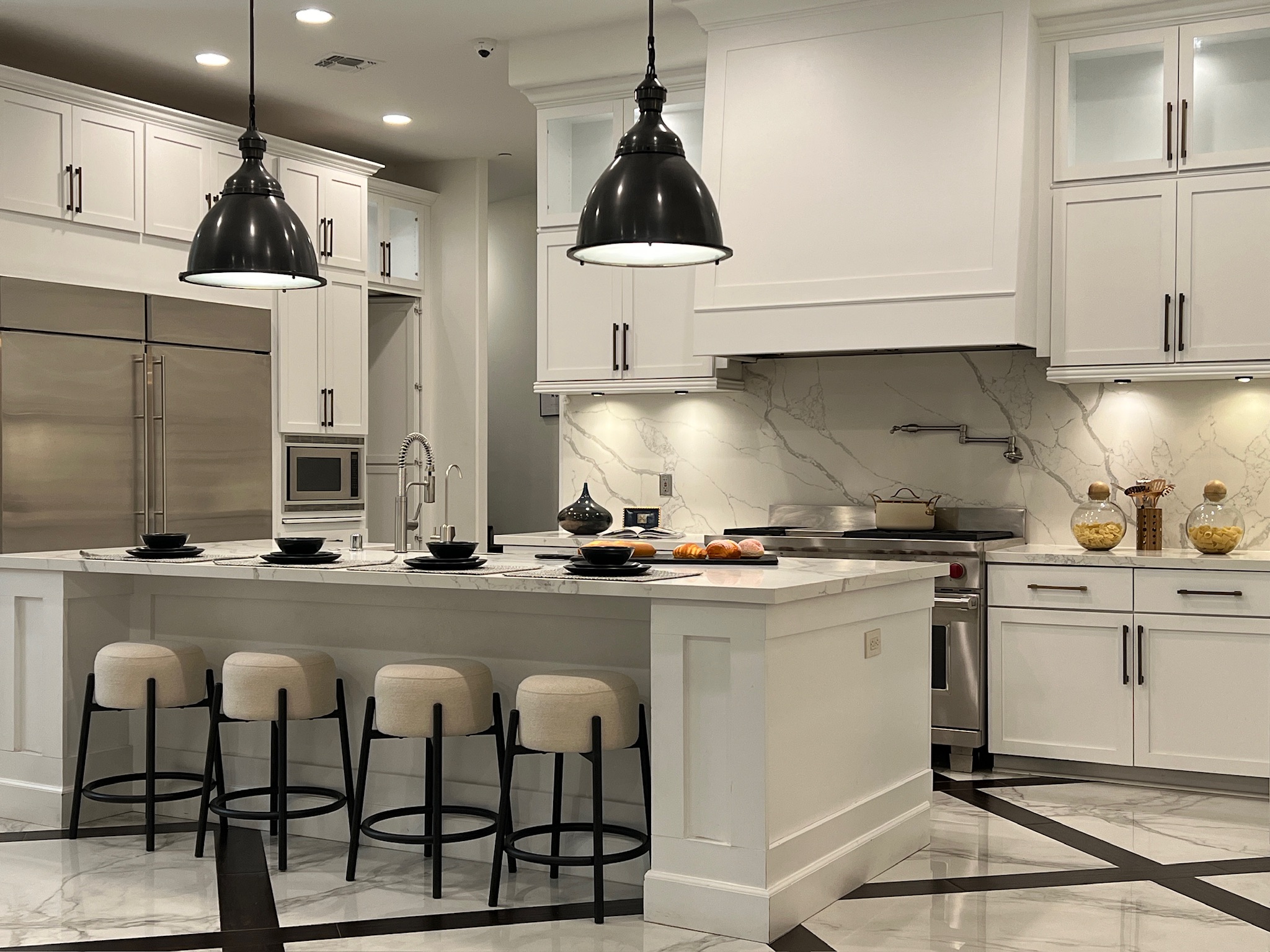Why does staging matter for historic homes?
History alone does not guarantee a sale. Some buyers fall in love with the wood trim or the tall ceilings. Others see wallpaper and start calculating costs. Staging changes the reaction.
A living room with original beams can be cold or bare without much decoration. Bring in the correct rug, sofa, and accessories, and now the beams steal the show. The room is warm but not cluttered. That’s the strength of staging an old house. It calls attention to the positive without compromising the space for functionality.
Should the furniture match the age of the home?
Not completely. Filling a house with antiques makes it feel like a museum. Filling it with only modern furniture can erase the charm. A mix creates balance.
- Keep one or two period pieces to honor the history.
- Use clean, simple furniture to lighten the space.
- Let the architecture stay the main focus.
For example, a Victorian dining room works well with an antique sideboard and a simple wooden table. Buyers see history and comfort side by side.
What about colors?
Historic homes often lean dark. Heavy wood, bold wallpaper, or dark paint can overwhelm buyers. Staging helps soften those elements without erasing them.
Ways to lighten the mood:
- Neutral bedding and curtains to open up bedrooms.
- Simple art that blends with the style without competing for attention.
- Rugs and pillows that add texture while balancing darker tones.
The goal is not to cover the past. It is to let buyers appreciate it without feeling weighed down by it.
How do you deal with small or awkward rooms?
Older homes rarely follow today’s open layouts. They have narrow parlors, tiny bedrooms, or odd corners. Left empty, those spaces confuse buyers. They wonder if the room has a purpose at all.
Staging gives an answer. A small bedroom with a twin bed and lamp works as a guest room. A narrow parlor with two chairs becomes a sitting space. A hallway with a bench feels intentional instead of wasted. Once buyers see that a space can serve a function, they stop treating it as a flaw.
Do historic homes need more careful staging?
Yes. Buyers are already expecting charm. They notice right away if staging feels generic or out of place. That does not mean every piece should be antique. It means the staging should respect the home’s style.
In a craftsman, built-in shelves look best when styled with a few simple pieces instead of left bare. A Spanish revival home benefits from warm tones and greenery that highlight arches and tile. A Victorian bedroom shines with layered bedding and soft lighting. Each style of home needs staging that feels connected.

